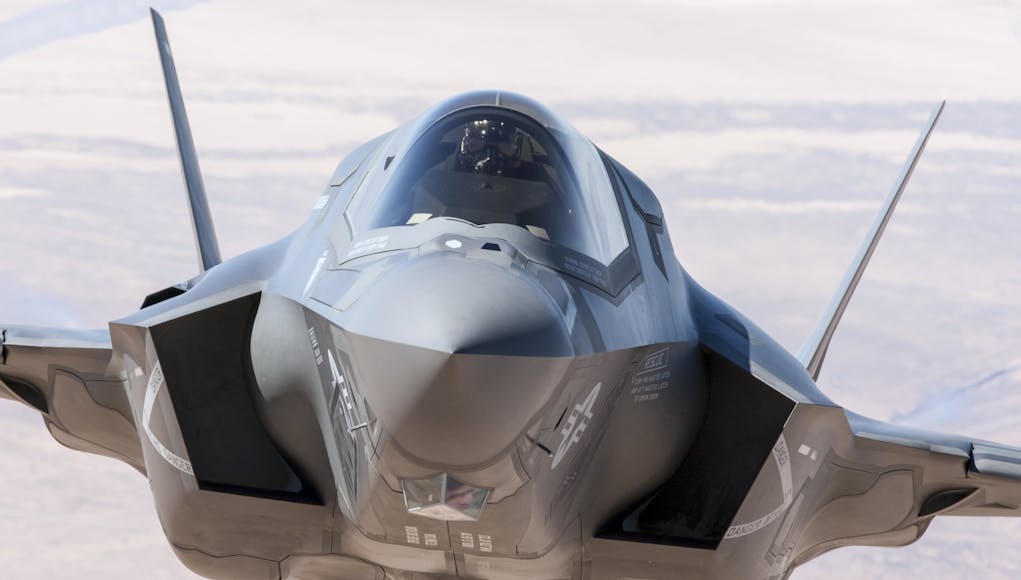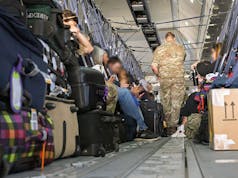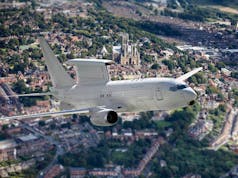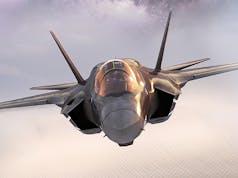Meggitt PLC, a company specialising in high performance components and sub-systems for the aerospace, defence and selected energy markets, has announced two deals with an aggregated value of $85 million with Lockheed Martin and the Defense Logistics Agency in the United States.
The company has signed a 3 year agreement with Lockheed Martin for the supply of rudder pedal assemblies on the F-35. The contract has a value of around $65 million, say the firm.
“Meggitt has a longstanding relationship with Lockheed Martin and this award increases Meggitt content and scope of supply on the F35 aircraft.”
The contracts with the Defense Logistics Agency, which equate to approximately $20 million, are to supply Super Hornet F/A – 18 E/F/G fuel bladders, to support the US Navy Fleet.
Meggitt say it will provide long-life, lightweight fuel bladders for the Super Hornet.
Speaking about the two defence deals, President of Meggitt’s Airframe Systems division, Chris Allen, said:
“We are delighted to be partnering with Lockheed Martin on the F35 platform. We value our long-standing relationship with Lockheed, and are pleased to have been given this opportunity to add to our existing content on the F35.
Meggitt has become synonymous with flexible fuel bladder technology and we look forward to working closely with the Defense Logistics Agency on the F/A-18E/F Super Hornet. We are proud that Meggitt innovation continues to win the trust and confidence of our customers.”














Were those rudder peddles made in previously in Turkey I wonder
My first thought too lol…
Can someone explain what a rubber pedal is. In my head I’m thinking the rubber pedal a driver puts his foot on but for $65m that doesn’t make any sense even on an F35
Dyslexia is a bitch.
Lol it totally is. That’s why I was genuinely so confused.
The rudder pedal assembly on the F35 is much like the Typhoons i.e. it is not directly connected to the two aft rudders, but uses fly by wire controls. It will be electrically connected to the flight control computer. Which will look at the pilot’s demands and then compare it with airspeed, the angle of the aircraft in pitch, roll and yaw, how much the aircraft is side slipping and then give the command to the rudder actuators.
Because there is no direct connection to the rudders the pilot is given artificial force feedback. The pedals will also operate the wheel brakes. So, today the simple rudder pedal is quite a complex assembly. Be interesting to see how much they actually cost?
Thank you for the explanation.
Thanks Davey. That explains why it’s so complex. Still flipping expensive though. A lot of R&D goes into these platforms you really do need a large buyer like the US to bring any kind of economies of scale. It will be interesting to see how the UK Sweden and likely Japan go about developing a 6th gen aircraft.